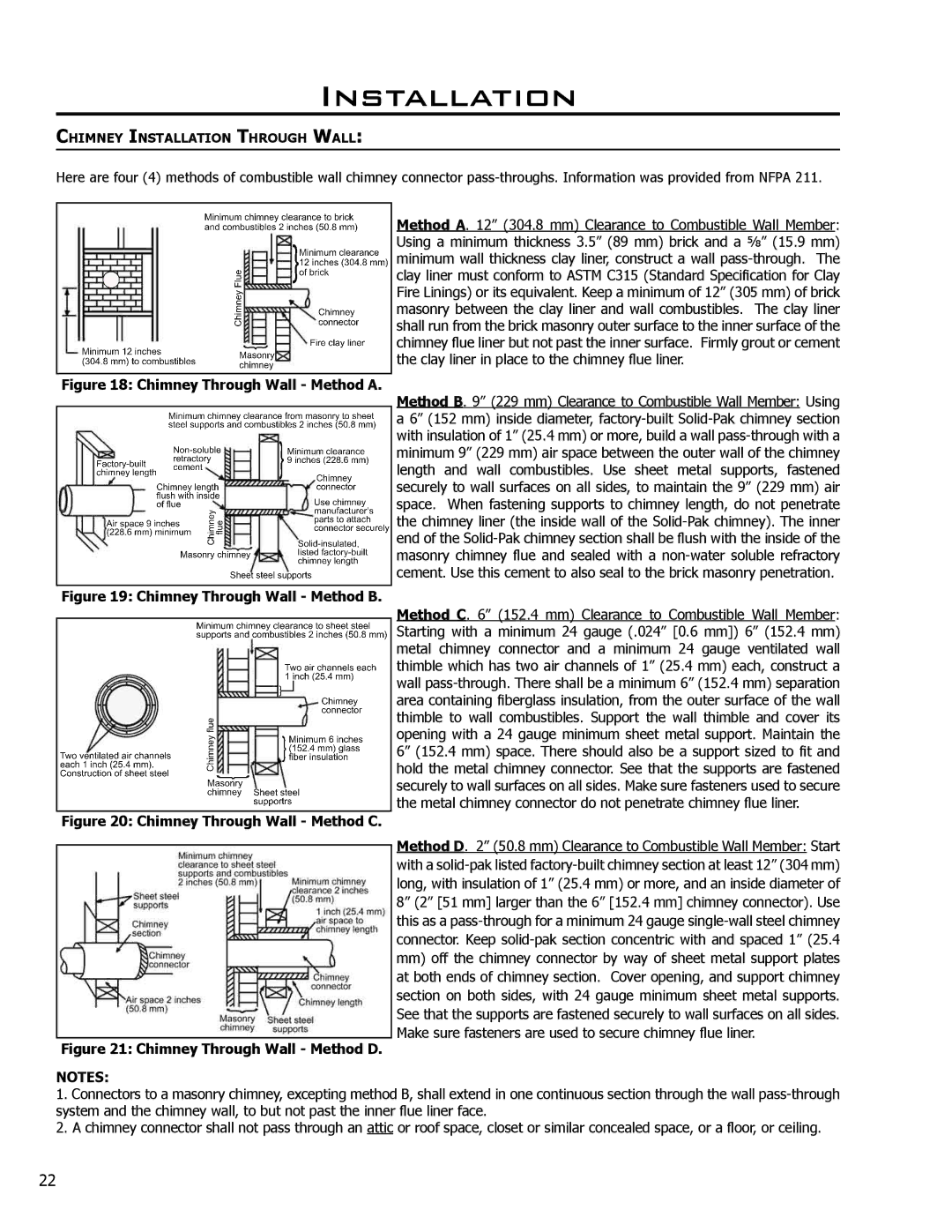1700, 1200 specifications
The Enviro 1200 and 1700 are innovative solutions in the world of air treatment and environmental control. Designed to cater to industrial and commercial needs, these models are pivotal in enhancing air quality and promoting energy efficiency.One of the main features of the Enviro 1200 is its advanced filtration system. It utilizes a multi-stage filtration process that includes pre-filters, HEPA filters, and activated carbon filters. This combination ensures the capture of particulate matter, volatile organic compounds (VOCs), and other airborne contaminants, providing cleaner and healthier air. The Enviro 1700, while similar in filtration capabilities, boasts a larger capacity, making it suitable for bigger spaces or industrial applications.
Both models incorporate smart sensor technologies that monitor air quality in real-time. These sensors provide data on pollutant levels, allowing for dynamic adjustments to the filtration strength. This not only optimizes performance but also reduces energy consumption, making the Enviro series both eco-friendly and cost-effective. The adaptive response of these systems ensures that users always breathe cleaner air without unnecessary energy expenditure.
Another defining characteristic of the Enviro 1200 and 1700 is their user-friendly interface. These units are designed with digital controls, allowing for easy programming and monitoring. Users can set specific operating schedules and track air quality trends over time. Additionally, both models come equipped with WiFi connectivity, enabling remote control via a smartphone app. This feature allows users to adjust settings or receive alerts about air quality levels from anywhere.
In terms of durability, both the Enviro 1200 and 1700 are constructed with high-quality materials that ensure long-lasting performance. They are designed to operate quietly, reducing the noise levels often associated with air treatment systems. This makes them suitable for a range of environments, from offices and homes to industrial settings.
In summary, the Enviro 1200 and 1700 stand out in the air treatment market due to their state-of-the-art filtration, smart technology integration, and user-centric design. These features, combined with their robust build quality, make them a reliable choice for anyone looking to improve air quality while maintaining energy efficiency.

